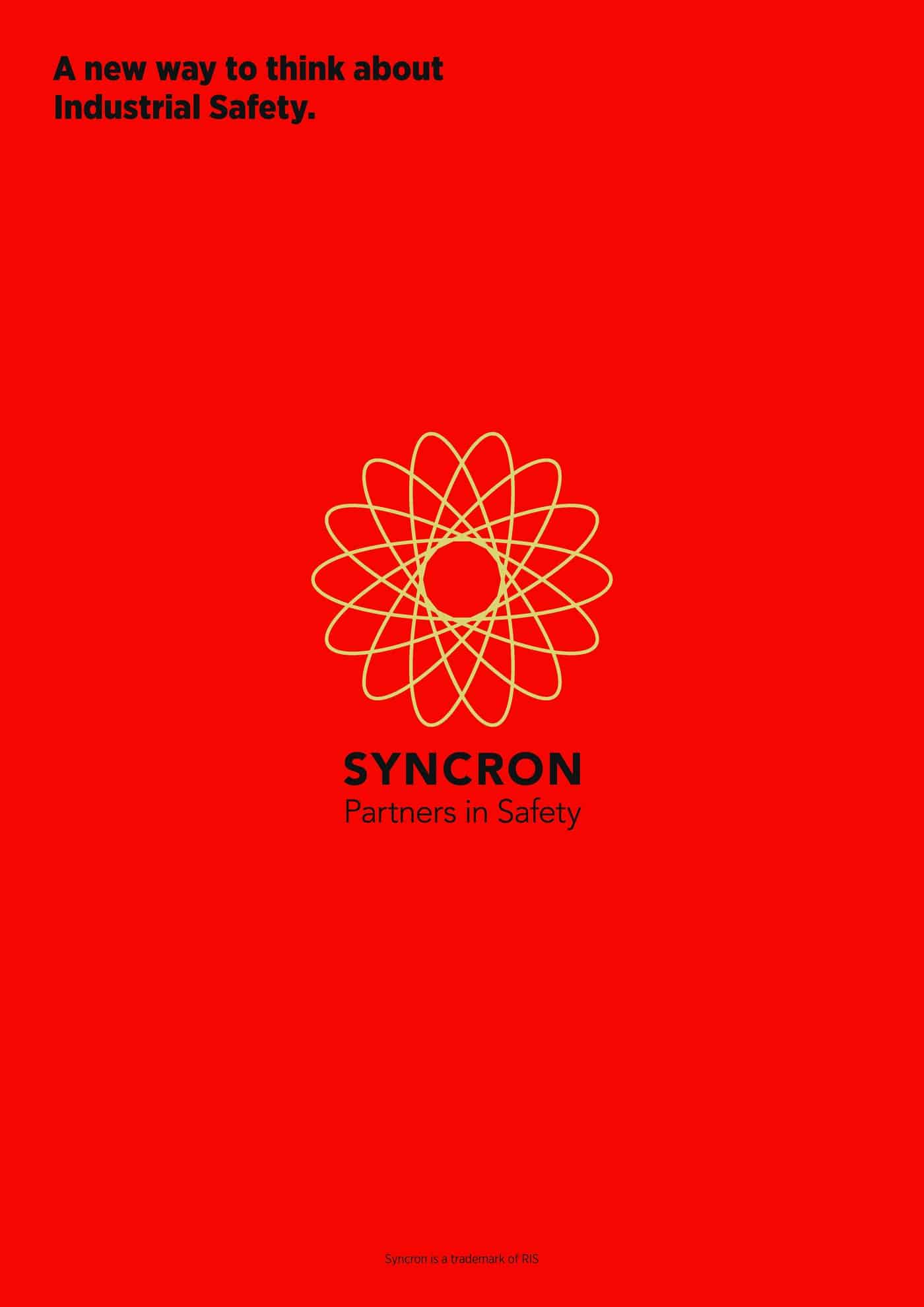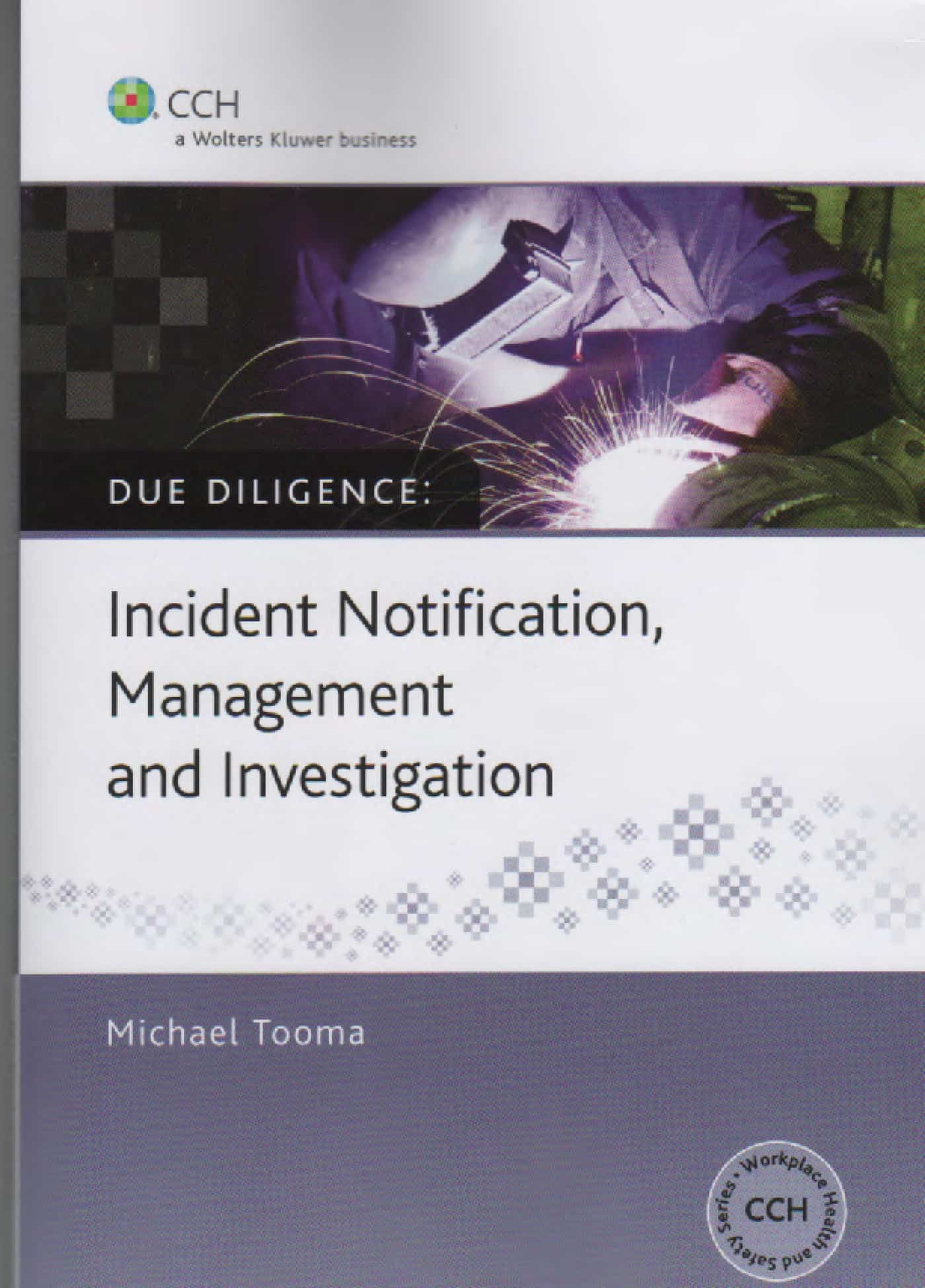Independent Member of the South Australian Parliament, John Darley, provided SafetyAtWorkBlog with some background to the package of amendments he has for that State’s Work Health and Safety laws currently before Parliament.
Darley acknowledged that he delayed the Work Health and Safety Bill since December 2011 and admitted that the Bill looked like common sense but his approach is to jump ahead an consider how the Bill would look as an Act and determine its social impact. The opposition parties in South Australia believed the Bill was so bad that it should have been defeated before it proceeded to the committee stage but Darley knew that could imply that he was not interested in workplace safety. Darley believes that the reassessment of the WHS Bill over such a long time indicates his commitment to the safety of workers.
Darley said that union right-of-entry was not an issue of concern in December 2011 but he came to see the significance of the issue after delegations and meetings with people affected by workplace deaths but who were also very dissatisfied with the operations of the OHS regulator, SafeWorkSA. The union OHS representatives offered an alternate but Darley felt that union access needed Continue reading “John Darley speaks to SafetyAtWorkBlog”




